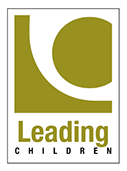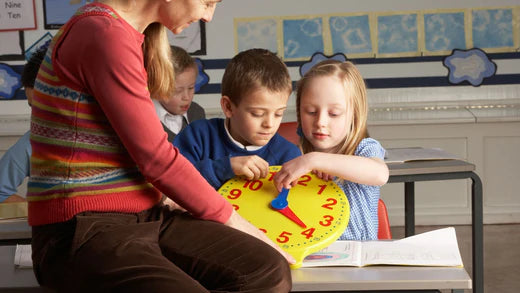As you can see, we have both analogue and digital clocks, side by side in our classroom environment. Children actually find it easier to first tell the time, (other than o’clock) by looking at how many minutes are past the hour.
Using a digital clock, 10.45 = 45 minutes past 10 O’clock and this works for any time of the day, though eventually children will distinguish between times ‘past’ the hour and times ‘to’ the hour.
Analogue clocks require children to understand fractions and to switch between understanding numbers and their matching fractions past the hour as well as number and fractions to the hour. They also need to know that sometimes we use fractions to describe time (quarter to/past, half past) or numbers (10 past, 25 minutes to). There is no wonder they struggle!
Why would we even bother to do this in an Early Years setting?
I think time is best taught over a long period, not in a 2-week slot in Year One! By constantly referring to time throughout the day, encouraging children to look at the clocks while you describe the time, the children will slowly use your modelling to help them figure it out for themselves. It should be part of your daily maths dashboard and you could also introduce ‘Time Lords’: 2 children who wear the class watches who are asked the time at different times of the day. You can differentiate according to where a child’s understanding is.

A note about the clocks we have chosen:
Our analogue clock shows minutes as well as hours
Our digital clock is actually a dementia friendly clock, hence the day, date and time of day
Our wrist watches distinguish between past and to the hour

